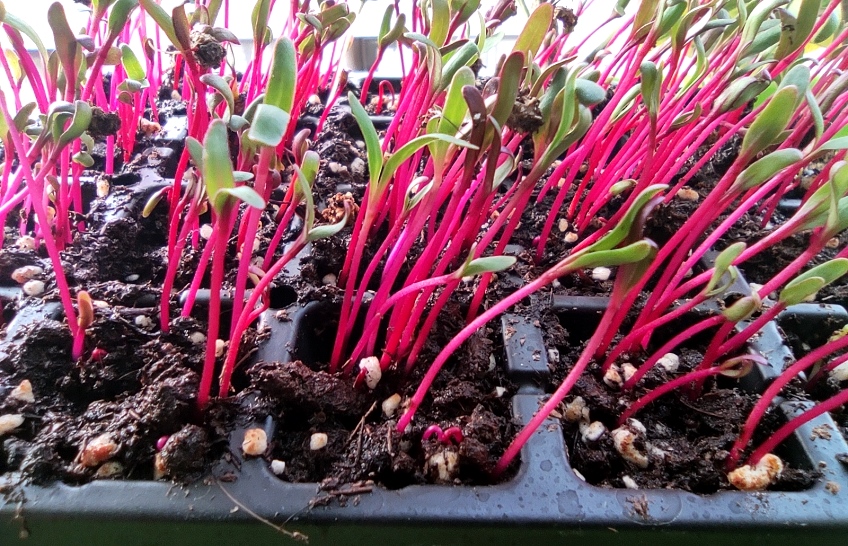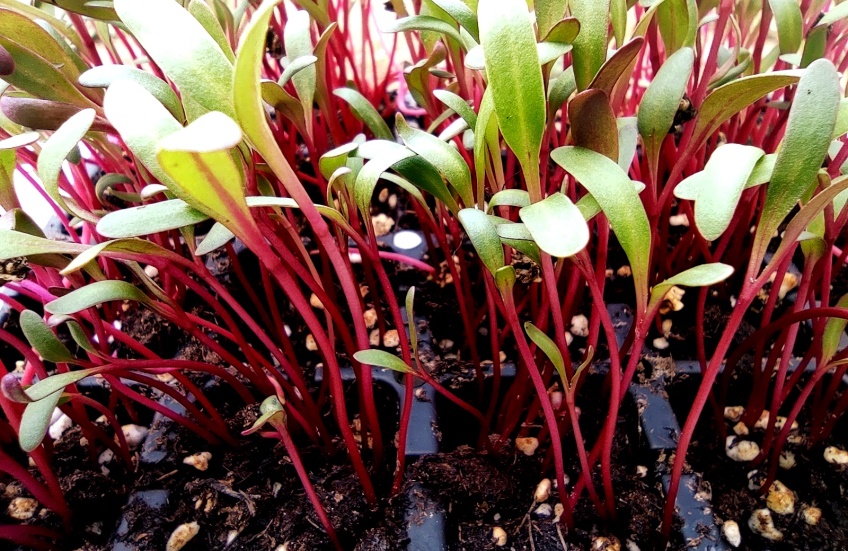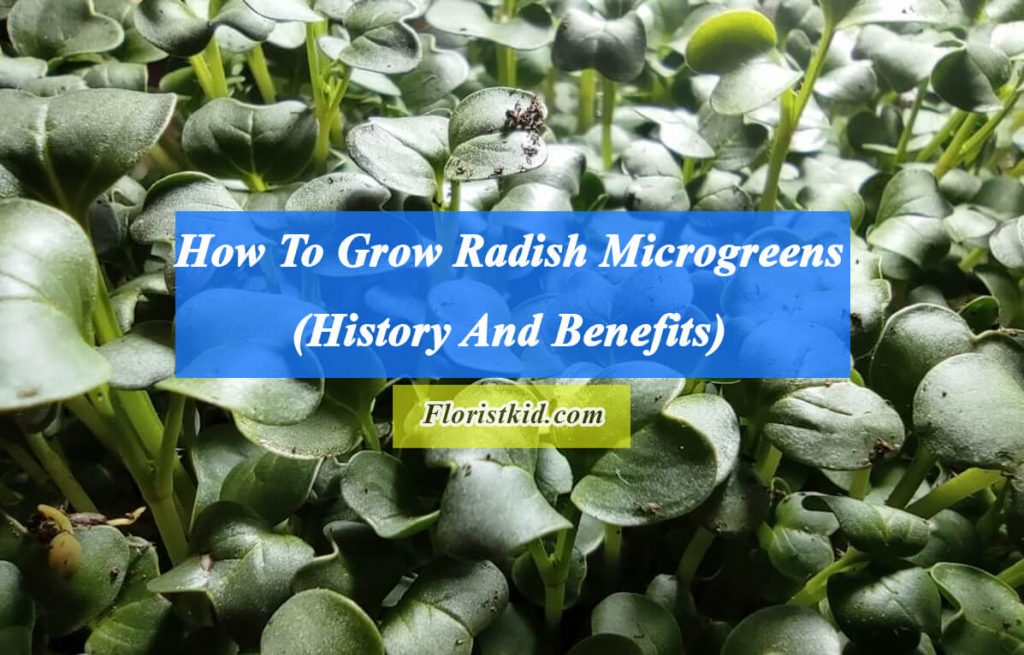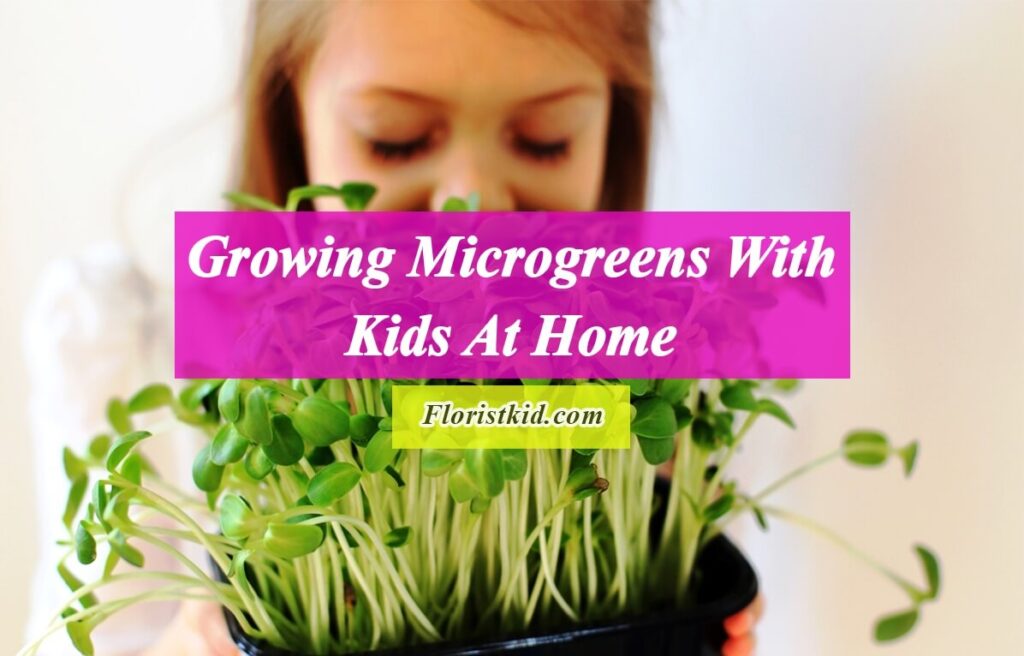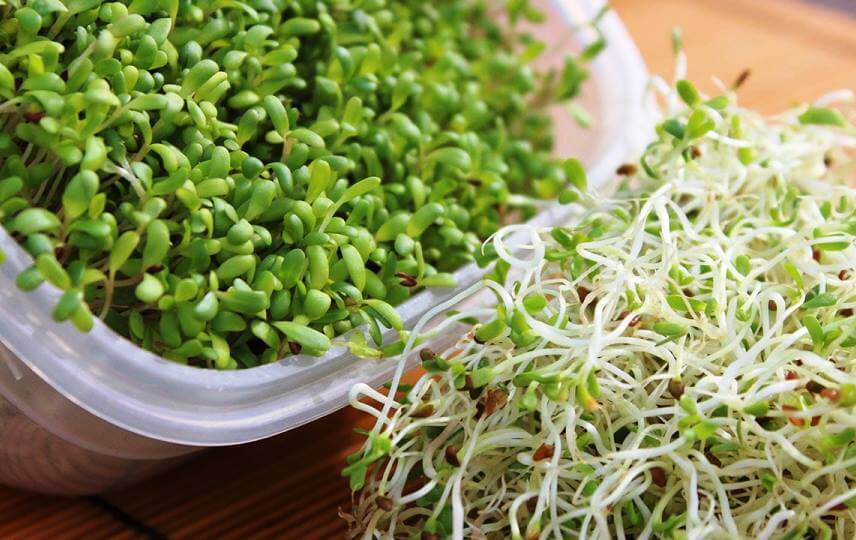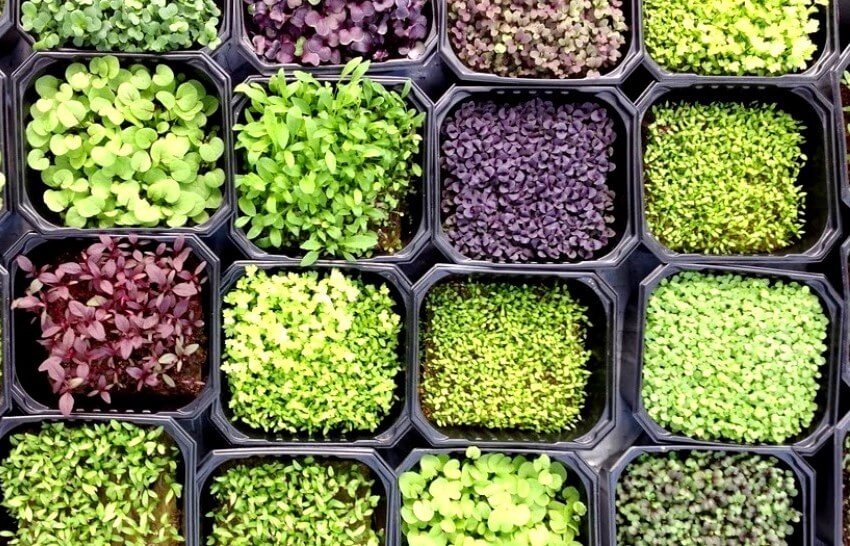Beets (Beta vulgaris), sometimes known as blood turnips in the past, are members of the Amaranthaceae family, including amaranth, chard, and spinach. The sugar beet, an essential crop for manufacturing sugar, and the beetroot, or garden beet, which can be used to grow beet microgreens, are two of the most important beet cultivars. Beets are a type of root vegetable that can be consumed raw or cooked. While the fleshy has received much attention in the culinary world, the leaves should not be overlooked Beetroot micros ( blood turnip microgreens ) are a festive garnish for a variety of other foods.
If Like to know more about microgreens, check these articles:
<<What Are Microgreens >> and <<Microgreen’s benefits>>
Beet microgreen varieties
Bull’s Blood is the most well-known microgreens cultivar and one of the most expensive. While Bull’s Blood produces a brightly colored stem with a great green, Ruby Queen is a less expensive alternative with similar characteristics. Detroit Red and Red Ace are also other types of beets which can be cultivated as microgreens.
Note: As Bull’s Blood, an American heritage, has deep green leaves and bright red stems, so it’s best to cut the microgreen close to the soil level to preserve the vibrant color.
Beet History
The beet is thought to have originated in the Mediterranean region, where it was used medicinally long before the written word was invented. In Roman times, beets were commonly used to treat fever and constipation. Beets were also wildcrafted for their leaves in the nineteenth century and were known as the “blood turnip.” Anyone who has eaten a modern beet will notice that it has a characteristic earthy flavor, which is caused by microbial life in the soil producing an organic chemical called geosmin.
Beet microgreens overview
| Family | Amaranthaceae |
| Recommended Varieties | Bull’s Blood, Ruby Queen, Detroit Red and Red Ace |
| Nutrition | Vitamins A, B, C, E, and K, Calcium, Iron, Magnesium, Manganese, Potassium, Copper |
| Average days to germinate | 4 to 6 days |
| Average days to harvest (after germination) | 8 to 10 days |
| Difficulty | Medium |
Nutrition and health benefits
Micro beets are nutritional and delicious. Beets microgreen vibrant stems and leaves add color to every food. These tasty microgreens contain vitamins A, B, C, E, and K and the minerals calcium, iron, magnesium, manganese, potassium, copper, and antioxidants.
Beetroot microgreens are not just amusing and straightforward to grow. They also have a surprising number of health advantages:
Healthy bones
Vitamin K levels in beet microgreens are incredibly high. Vitamin K helps produce strong bones by combining it with protein and calcium. Vitamin K-rich diets may assist in avoiding hip fractures and osteoporosis.
Improving skin and vision
Beet microgreens include a variety of minerals and other elements that aid in the removal of dead skin cells and the growth of new ones. Vitamin A is abundant in beet micro. This vitamin aids in the maintenance of healthy skin and vision. The result is better skin that glows.
Immune system booster
Every beet microgreen contains carotenoids, flavonoids, and a variety of vitamins. These can aid in the prevention of lung and mouth cancers. Vitamin C from beet greens enhances the immune system and aids in collagen production. This tissue aids in wound healing and maintaining healthy blood vessel walls.
Healthy liver
Beetroot microgreens include antioxidants, notably betaine, which assists your liver secretes enzymes that eliminate toxins from the body, improve cell regeneration, and even aid fat burning.
Healthy heart
Potassium is crucial for blood pressure and heart rate regulation, and beetroot microgreens are a rich supply of it. Potassium may aid in the prevention of high blood pressure.
Anemia prevention
Iron aids in the transport of oxygen throughout the body by stimulating the formation of hemoglobin, a material necessary for the health of blood cells. Anemia can develop in those who are iron deficient. Women, especially those on plant-based diets, may lack iron, so they should have more beet microgreens in their diets.
Decreasing hair loss
The main reason for hair loss as you get older is a mineral and vitamin shortage. On the other hand, Beet microgreens are high in potassium, iron, and electrolytes, necessary for hair restoration and prevention.
How to grow Beet microgreens
It takes 4 to 6 days for the beetroot to germinate. Allow it to reach 2 to 3 inches tall. You can harvest them almost two weeks after planting them. The procedure of growing beetroot microgreens is almost similar to other microgreens. Read the <<Growing Microgreens >> article to learn more about the general method for growing microgreens.
Beet microgreens Growing Tips
- The hull of beet microgreen seeds is thin enough that they do not need to be soaked before germination. However, Soaking beet seeds for 8 hours improves germination rate and speed.
- After spreading the seeds, lightly push them into the soil and cover them with a towel or soil.
- To keep beetroot microgreen seeds moist, make sure it is thoroughly covered.
- Keep your beet at a consistent temperature for optimal germination.
- Keep the soil moist but not soggy.
- Keep the pH level less than 7.
Harvesting Tips
- If most of the seed hulls are still connected to their leaves, wait a few more days to harvest; otherwise, gently peel out the large knobby seeds that remain before harvesting.
- Cut the beet close to the soil to highlight the brilliant stem.
Washing Tips
- The seeds of the beet are visible in the wash water. Many seed hulls adhere to the leaves when they are harvested early. Removing them can take a long time; however, it can be substantially shortened if you are careful during harvesting.
- To ensure that all hulls are removed, a two-stage washing procedure is advised.
Possible Challenges
- Beetroot microgreens require extra care; keep an eye on the pH to avoid rot.
- If you overwater your micro beets, they will rot.
Conclusion
Beets, known as blood turnips, belong to the Amaranth family. It is thought to have originated in the Mediterranean region. Beets are wonderful as a stand-alone crop or a colorful accent in any salad. The most well-known microgreen varieties are Bull’s Blood and Ruby Queen. Vitamins A, B, C, E, and K and the minerals calcium, iron, magnesium, manganese, potassium, copper, and antioxidants are all found in beet microgreens. Because of its rich vitamin and mineral content, the health benefits of beet microgreens are numerous. People who consume this microgreen may benefit from more robust bones, a healthier heart, a stronger immune system, less hair loss, and healthier skin. Growing beetroot microgreens at home is simple. Water, soil, beet microgreen seeds, and a container are all you need to grow them. They germinate in four days and can be harvested eight to ten days later.




